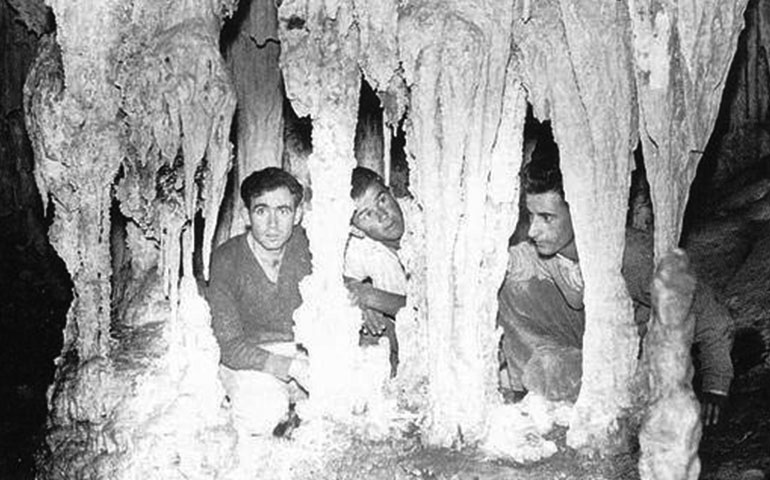Purchase your online ticket at the best price and avoid queues
nerja CAVE
Discovery of the Nerja Cave
The discovery of the Nerja Cave changed the history of tourism in Spain and added another attraction to the Costa del Sol, which, already in the 1960s, began to establish itself as one of the preferred vacation destinations for both national and international tourists.
Discovery of the Nerja Cave Discovery of the Nerja Cave Discovery of the Nerja Cave Discovery of the Nerja Cave Discovery of the Nerja Cave Discovery of the Nerja Cave Discovery of the Nerja Cave Discovery of the Nerja CaveDiscovery of the Nerja CaveDiscovery of the Nerja CaveDiscovery of the Nerja CaveDiscovery of the Nerja CaveDiscovery of the Nerja CaveDiscovery of the Nerja CaveDiscovery of the Nerja CaveDiscovery of the Nerja CaveDiscovery of the Nerja Cave
Discovery of the Nerja Cave
The Nerja Cave was discovered on January 12, 1959, by five boys: José Luis Barbero, the brothers Manuel and Miguel Muñoz, Francisco Navas, and José Torres.
They often visited a small cavity known as “Las Minas del Cementerio,” but that day, they decided to enter through a narrow opening used by bats. From there, they reached a large space, now known as the “Cascada” or “Ballet Hall,” and continued advancing until reaching what is now known as the “Sala de los Fantasmas” (Hall of Ghosts).
In this latter area, they discovered two skeletons on the ground, leading them to believe that they belonged to other explorers who, like them, had entered but did not manage to exit. Therefore, they decided to retrace their steps and return to the surface.
They informed two of their teachers, Carlos Saura and Manoli Mora, about their discovery, and these teachers accompanied them to the cave a few days later to verify the finding.
Thus began the adventure of the Nerja Cave in modern times…
Three months after its discovery, on April 19, the photographer from Nerja, José Padial, immortalized the cave with photographs. These images were published in the Diario Sur newspaper of Malaga the same month, introducing the Nerja Cave to the world.
On November 17 of that same year, Francisco Navas discovered the Galerías Altas (Upper Galleries) of the Nerja Cave. Ten years later, the Galerías Nuevas (New Galleries) were found, thanks to systematic speleological explorations in the cave conducted by the Speleology Section of the Provincial Archaeological Museum of Malaga. Both areas cannot be visited due to conservation and accessibility reasons.
Touristic development after the discovery of the Nerja Cave
Touristic development work on the Nerja Cave began in September 1959, eight months after its discovery. The goal was to create a more accessible entrance than the small opening used by the discoverers, resulting in the current entrance to the cave.
Additionally, various staircases were constructed to address the different levels within the cave.
Inauguration of the Nerja Cave
On June 12, 1960, the Nerja Cave was officially inaugurated. This occurred one year and five months after its discovery, following the completion of the necessary preparations for its tourist use.
During the inauguration ceremony, the Ballet Le Tour de Paris performed in the Cascada Hall. This performance later gave rise to the Cueva de Nerja Music Festival, which continues to this day.
The discovery of the Nerja Cave forever changed life in the town. Nerja ceased to be solely dedicated to agriculture and fishing and gradually became highly valued as a tourist destination.

